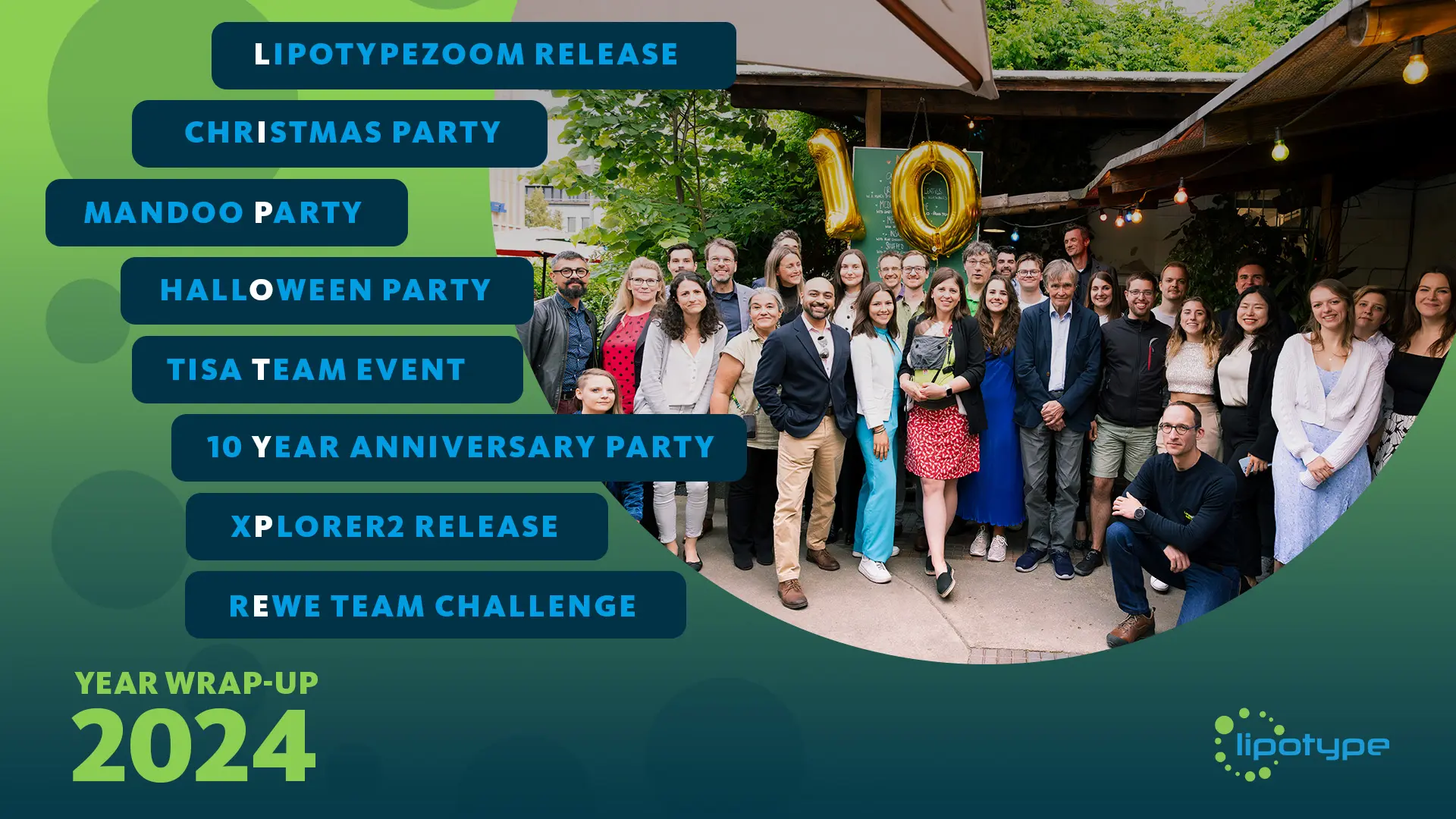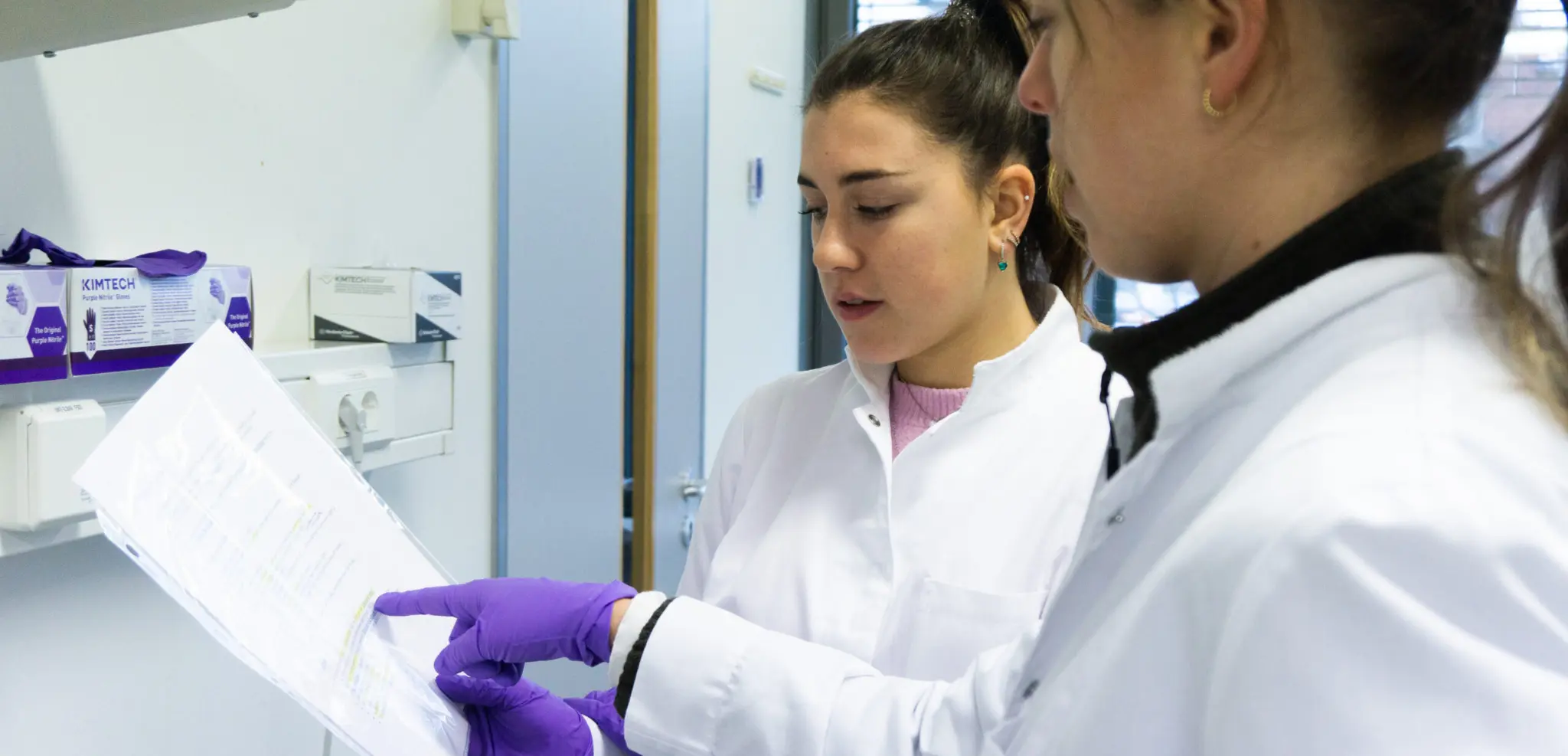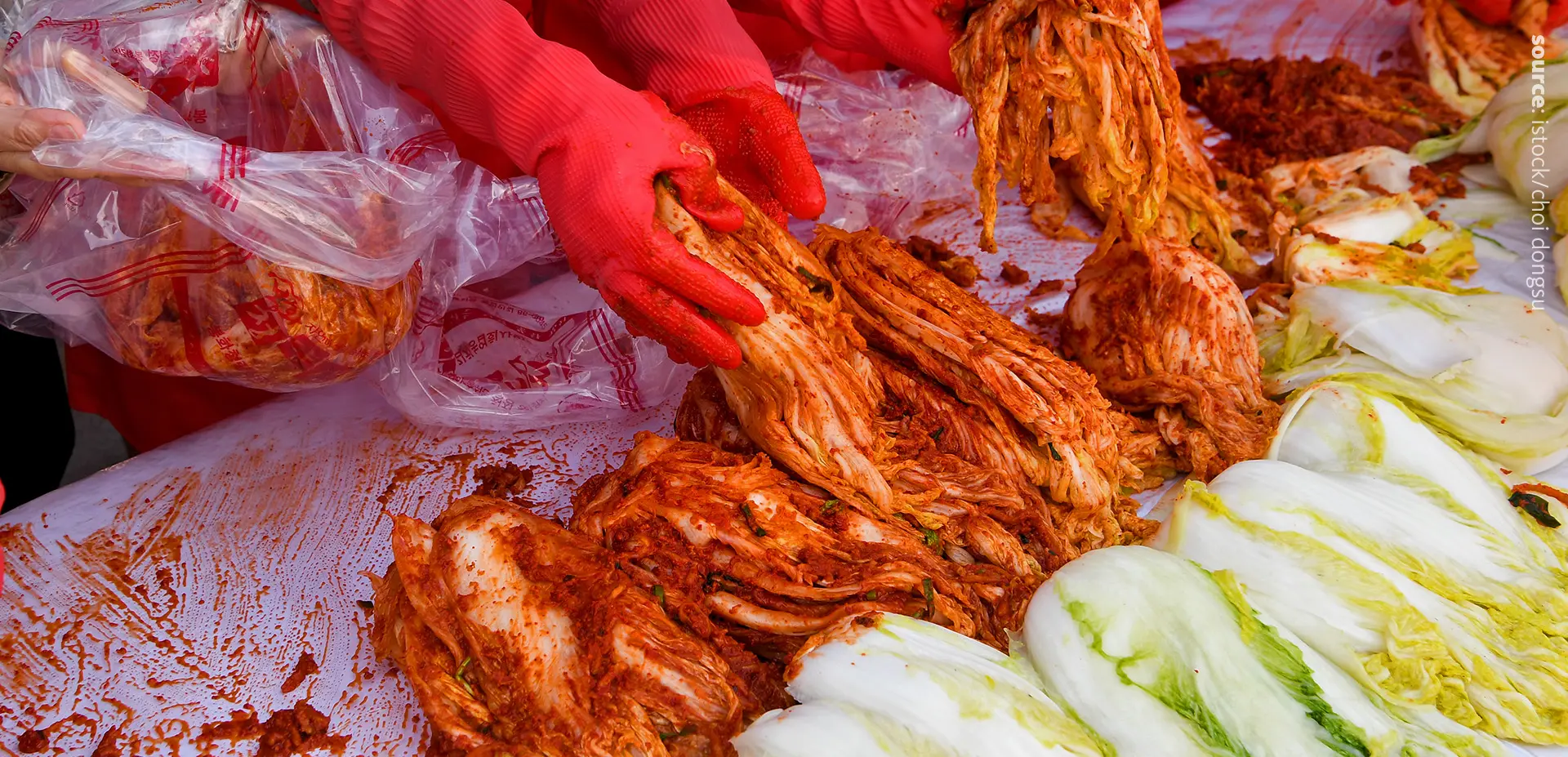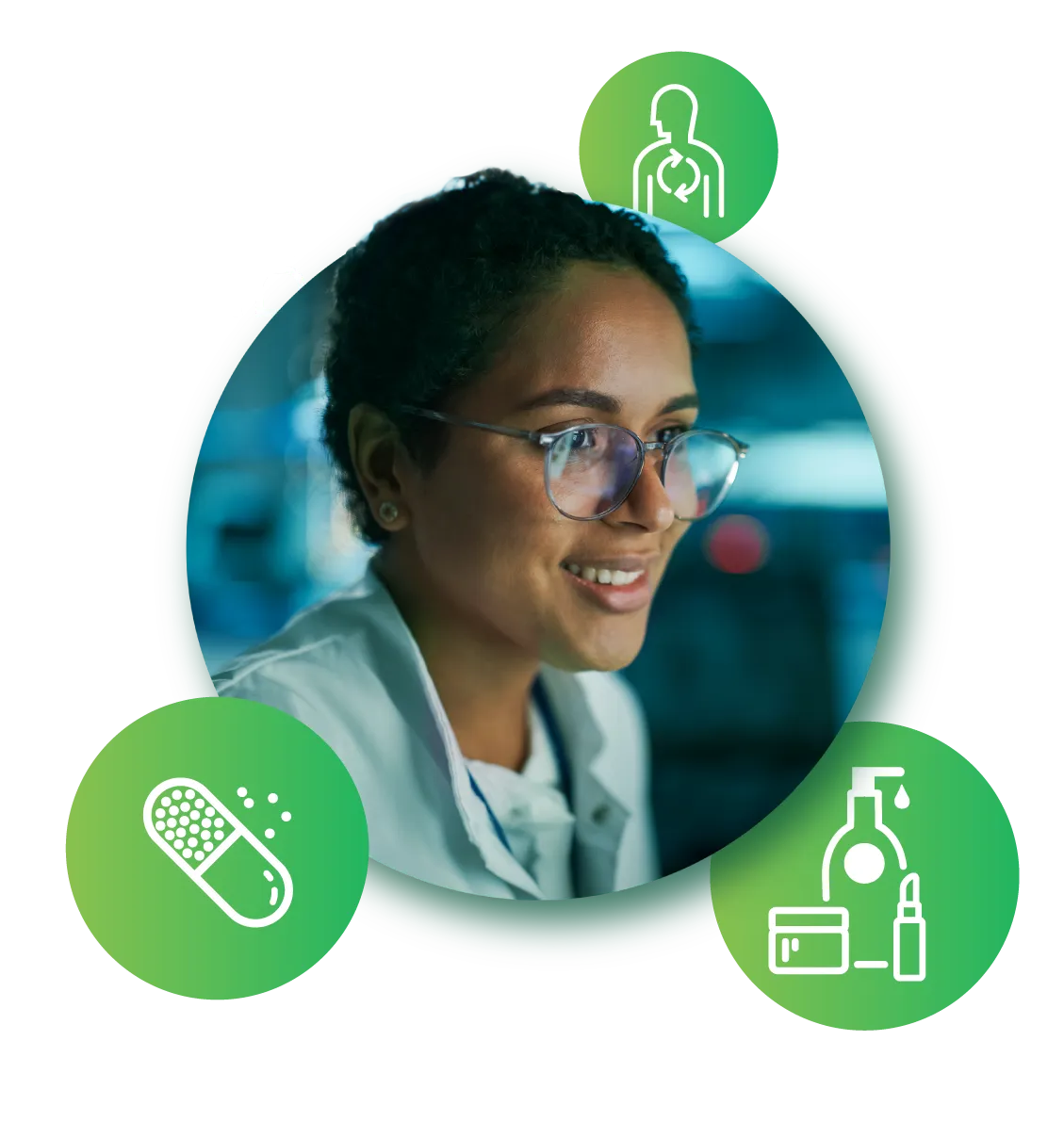News
There is always something going on at Lipotype:
find the
latest news and press releases here
-

Meet Tereza: Lipotype Through a Gen Z Lens
What is it like to work at Lipotype as part of the Gen Z generation?
-

-

-

10 Year Strong: Lipotype’s 2024 Highlights
Explore Lipotype’s 2024 milestones and remarkable events.
-

Following Her Passion Across Continents: Meet Klaudia
Explore Klaudia’s story at Lipotype, where she moved from Canada to Germany to follow her dreams.
-

-

Juggling Career, Motherhood, and Sports while being a Data Scientist
Discover how Magda built a thriving career as a data scientist while balancing motherhood and her passion for sports.
-

Advancing Your Career: Meet Marta Vicini
Explore Marta’s journey at Lipotype, where she discovers growth beyond academia and ventures into new industries for her future goals.
-

Who are we? – Part.1
Let’s unveil the concealed layers and explore the fascinating mosaic that talks about Lipotypers.
-

Kimjang Party at Lipotype
Sharing the flavors and traditions of Korean culture through Kimchi-making!
Work with us
Interested to work with us? Visit our career center to find out more about Lipotype’s unique philosophy and great job offerings.

Social Media
True or false: you want to get in touch with us and stay up to date? If true: check out these links and write to us! If false: check out these links but tell nobody!
Stay connected
Subscribe to our email newsletter and stay informed about the latest news on lipids, lipidomics and Lipotype!